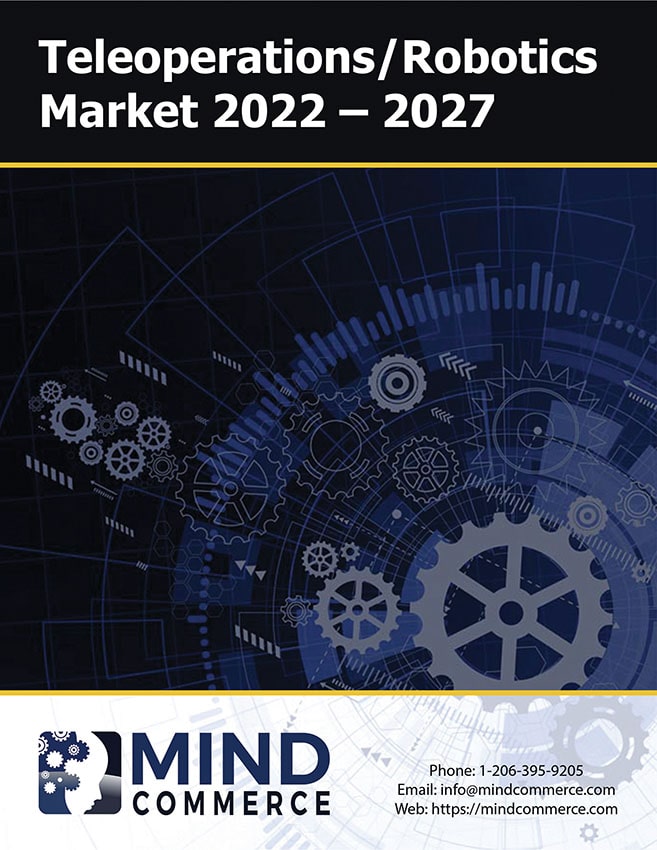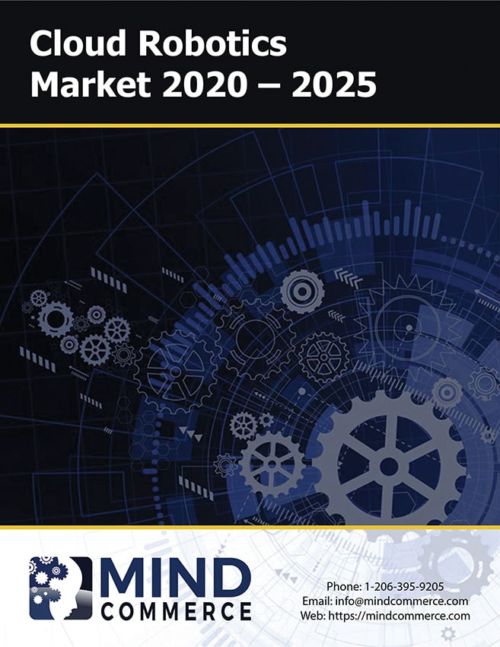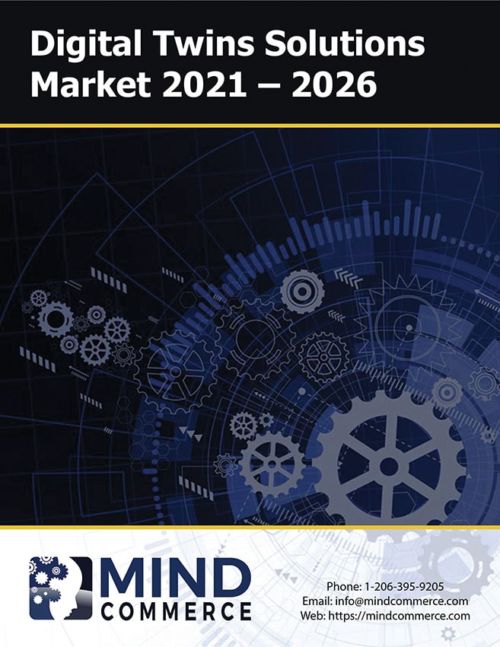Description
Teleoperation represents the ability to operate equipment or a machine from a distance. The teleoperations market includes telerobotics, which represents remote control of robotics from a distance. Teleoperation and telerobotics are both supported by ICT infrastructure including broadband communications, sensors, machine to machine (M2M) communications, and various Internet of Things (IoT) technologies.
Key teleoperations market components include the following:
- Movement: By putting robotic arms on mobile platforms and using teleoperation to control them, robots can be used in places where they could not be used before. These new mobile applications of robots allow them to access areas that are hazardous to humans, while still performing with human-like accuracy.
- Interaction: Mobile robots need to be lightweight, compact, portable, power-dense, rugged, and efficient. These bots are designed to perform tasks as a human would in an array of difficult environments. By performing tasks once only accessible to humans, mobile robots can be implemented and automated nearly anywhere in the world.
- Analytics: Using AI and machine learning, mobile manipulators are becoming increasingly autonomous. These machines use algorithms to course correct and learn over time. As mobile robotics become more efficient, they can surpass humans in terms of reliability and risk assessment/management.
- Vision Technologies: Robots need to be able to visualize and process the world around them. These mobile robots do this through LIDAR, stereo vision, and monocular vision, with sensors for both 2D and 3D imaging. Modern vision systems can locate and track a target in nearly any environment, regardless of traffic or weather.
- Advanced Communications: Teleoperation requires communication between a human and a robot. This communication needs to be extremely fast with minimal latency to achieve optimal results. 5G technologies are enabling teleoperation with lightning-fast speeds, and new solutions can be developed as a result.
Enhancements in wireless broadband are untethering teleoperation. Prior to 5G and Mobile Edge Computing (MEC), teleoperation is largely relegated to fixed communications connections. 5G and MEC will enable teleoperation anywhere there is 5G coverage, enabling many new consumer and industrial automation scenarios involving robotics.
Closely related to the teleoperations market is the digital twins market, which provides solutions for mapping the physical world to the digital world in which IoT platforms and software are leveraged to create a digital representation of physical object or asset. The digital twin of a physical object can provide information about the asset such as its physical state and disposition. Accordingly, digital twins represent a form of physical-to-cyber convergence.
Teleoperations Market Characteristics
It is important to understand the who, what, when, where, why, and how of the telerobotics market. Accordingly, Mind Commerce takes the following into consideration within its teleoperations market research practice:
- What is teleoperations? Teleoperations represents remote control of machinery at a distance. Typical use cases involve telerobotics in an industrial setting, but applications are rapidly expanding across enterprise, government, and consumer segments.
- Why is teleoperations important? Teleoperations is important for automation in general and especially for industry-specific solutions such as robotics flexibility options including cage-free robots, remote access/control, and even fractional ownership/usage.
- Who uses teleoperations? Primarily used within production-oriented verticals today, teleoperations will eventually expand beyond manufacturing and other industrial segments to become more general-purpose service based. This will occur as part of the evolution towards robotics as a service, which will culminate in personal robotics for consumers.
- Where is teleoperations used? Teleoperations is typically not offered as a stand-alone service, application, or feature but rather included as part of a silo-based solution such as cloud robotics or some other form of automation within the industrial, enterprise, and government sectors. However, teleoperations as a service will eventually become a utility-type service offering as automation solutions become more general-purpose in nature.
- When will teleoperations make an impact? Teleoperations is already making an impact in leading industry verticals including manufacturing, healthcare, and transportation. With the expansion of cloud-based service models, teleoperations is anticipated to be a major catalyst for cloud robotics, which will enable democratization of robotics across a wide range of industries in a robotics as a service model.
- How will teleoperations be operated? Teleroperations relies upon a few key technologies including broadband communications, artificial intelligence, and Internet of Things (IoT) solutions. Many teleoperations deployments involve telerobotics in industrial verticals such as manufacturing that leverage Industrial IoT solutions. Teleoperations pairs well with digital twins solutions to provide cyber-to-physical integration.
Teleoperations Market Dynamics
Advanced IoT systems will utilize digital twin technology to enable next generation teleoperations. Digital twinning refers to the mapping of the physical world to the digital world. Coupled with haptic Internet technologies and Virtual Reality (VR), the teleoperations market will take a major leap as user interfaces are democratized. A specific form of teleoperation involving remote control of a robot from a distance is referred to as telerobotics. VR-based human interfaces will augment traditional machine control inputs, providing end-users with a more natural and intuitive control of smart machines and robots as well as a 360 degree view of the robotics operational environment.
Telerobotics works in conjunction with Digital Twin Technology and is the Foundation of Cloud Robotics
No longer will special equipment (often located in special locations and controlled by proprietary systems) be required for control. In addition, cloud robotics enables a teleoperation/telerobotics as a service model, allowing fractional ownership and/or usage on demand. This will greatly expand the availability and usage of machines for industrial as well as enterprise applications. As a result, the teleoperations market will enable many smaller companies within a given industry vertical value chain to leverage telerobotics and teleoperation solutions without large capital expenditures.
The teleoperations market plays a profound role in industrial automation and the rapidly evolving industrial Internet of Things (IIoT) arena. Robots and remote control systems enable various industries to control real machines/equipment by virtual object through master controlling interfaces. There are various supporting technologies that will accelerate the adoption of industrial robotics and improve process controlling and monitoring in IIoT environment. These technologies include hardware, such as sensors and activators, as well as software, such as big data Analytics and Artificial Intelligence (AI). In particular, Mind Commerce anticipates realization of substantial benefits as a result of the teleoperations market embracing cloud robotics deployment in conjunction with 5G and AI in private wireless environments.
While much of the focus is on industrial automation in a manufacturing, there are many industries expected to benefit from IIoT robotics including healthcare, agriculture, and more. In all industry verticals, telerobotics systems transform the business focus towards an outcome-based economy. This is an emerging model in which businesses compete based on their ability to deliver measurable results to customers. Such outcomes may range from guaranteed machine up-times on factory floors, to actual amounts of energy savings in commercial buildings, to guaranteed crop yields from a specific parcel of farmland.
Teleoperations Market Report
This report evaluates the emerging role of teleoperation and telerobotics in the era of Industry 4.0. The report analyzes the impact of teleoperation and telerobotics solutions in different industry verticals and technology sectors. Key industry verticals evaluated within the teleoperations market include education, medical, manufacturing, mining, nuclear/hazardous waste management, and transportation. The report also provides market forecasts for IIoT, cloud robotics technologies, teleoperation and telerobotics systems, services, and solutions. The report also evaluates the role of digital twin technology in the teleoperations market as well as telerobotics systems integration and operations.
Click Here for More Mind Commerce Automation & Robotics Reports






